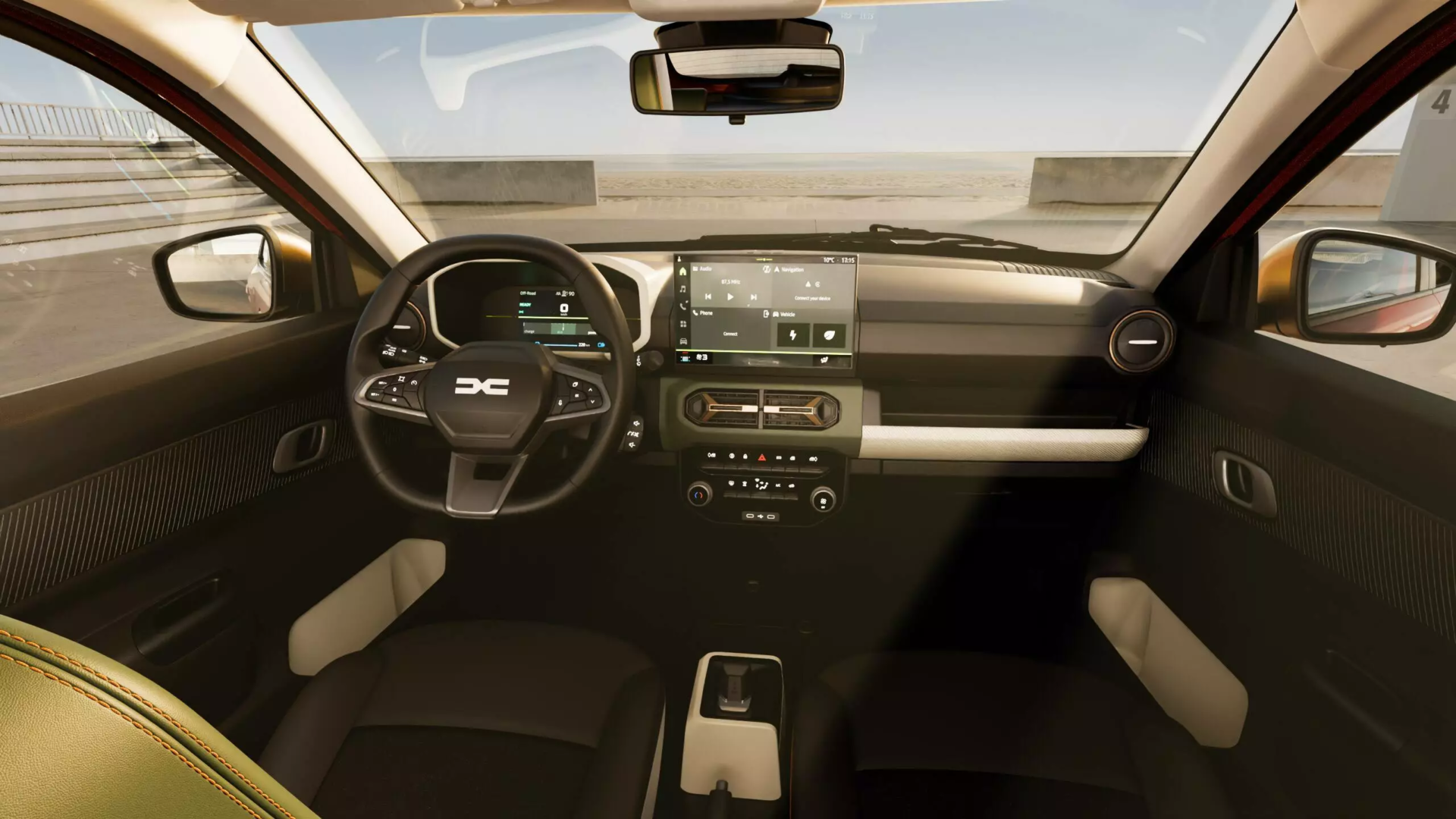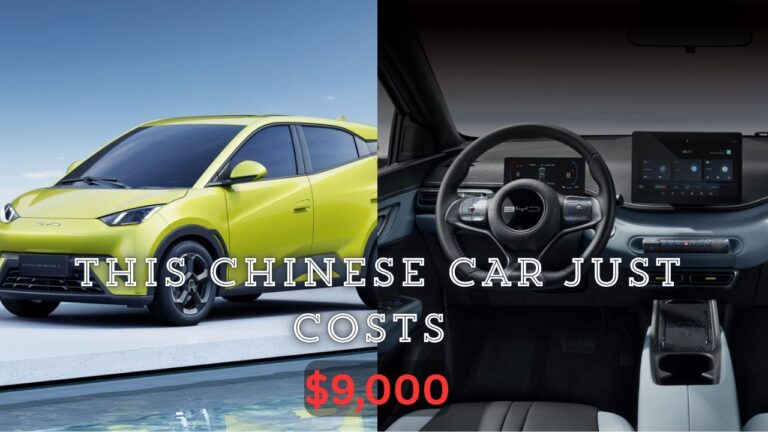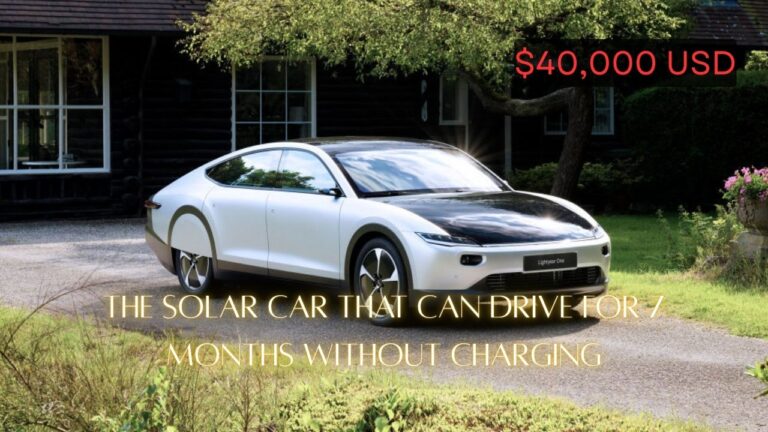In a surprising shift in Europe’s rapidly evolving electric vehicle (EV) market, a compact electric SUV priced at just $25,000 is now outselling Tesla’s most popular models — and the reasons behind this growing consumer preference signal a much larger transformation in the future of mobility.
The Underdog Making Waves
The vehicle in question is the Dacia Spring Electric, produced by Renault’s Romanian subsidiary, Dacia. Initially seen as a budget city EV, the Spring has defied expectations. Despite its minimalist design and modest range, it is capturing the hearts of European drivers, particularly in France, Germany, Italy, and Spain.
In Q2 2025, the Spring posted higher sales numbers across several key EU markets compared to the Tesla Model 3 and Model Y, thanks to a combination of affordability, efficiency, and practicality for urban and suburban commuters.

Why Consumers Are Switching
Several core factors are contributing to this trend:
1. Price Accessibility
At roughly $25,000 (before subsidies), the Dacia Spring undercuts the average price of a new EV by a significant margin. When government incentives are factored in, the effective cost drops even lower — in some regions under $20K — making it highly attractive to first-time EV buyers and budget-conscious households.
2. Urban-Centric Utility
With a range of approximately 140 miles on a full charge and compact dimensions ideal for European cities, the Spring meets the needs of most daily drivers without the unnecessary premium features found in high-end models. It’s the perfect fit for local commutes, school runs, and short weekend getaways.
3. Lower Running Costs
European consumers are becoming more cost-aware amid economic uncertainty. With lower insurance premiums, reduced maintenance needs, and eligibility for low-emission zone access, the Spring offers a holistic cost advantage over combustion vehicles — and even some premium EVs.
4. Tesla Fatigue and Market Saturation
While Tesla remains a global leader, its dominance in Europe is starting to plateau. Some consumers are growing weary of Tesla’s price fluctuations, minimal service network in certain countries, and controversial leadership. In contrast, Dacia, backed by Renault’s robust dealer infrastructure, offers a more familiar and stable ownership experience.
Reflecting Broader European Trends
Europe is at the forefront of the EV revolution, but the focus is increasingly shifting from luxury to sustainability and inclusivity. Policies like France’s “social leasing” scheme — which allows low-income families to lease EVs for under €100/month — are fueling the demand for ultra-affordable models like the Spring.
Additionally, as cities across Europe expand low-emission zones and push for a car-lite urban future, there is less need for long-range, high-performance EVs. Lightweight, cost-effective electric cars are better suited to the evolving mobility ecosystem.

What It Means for the EV Market
The success of the Dacia Spring is not just a one-off — it’s a signal. Car manufacturers are beginning to understand that affordable, functional EVs will be the cornerstone of mass adoption. With Chinese automakers like BYD and MG entering Europe with similarly priced options, Tesla and other premium brands may need to rethink their strategies for the region.
Moreover, this trend is pushing legacy automakers to accelerate their small-EV roadmaps, with brands like Volkswagen, Citroën, and Fiat expected to launch comparable vehicles by late 2025 and 2026.
Bottom Line: The EV market in Europe is undergoing a democratization phase, where affordability and everyday practicality are driving consumer decisions. The Dacia Spring, a $25K underdog, is not just outselling Tesla — it’s redefining what the future of electric mobility looks like for the average European household.




